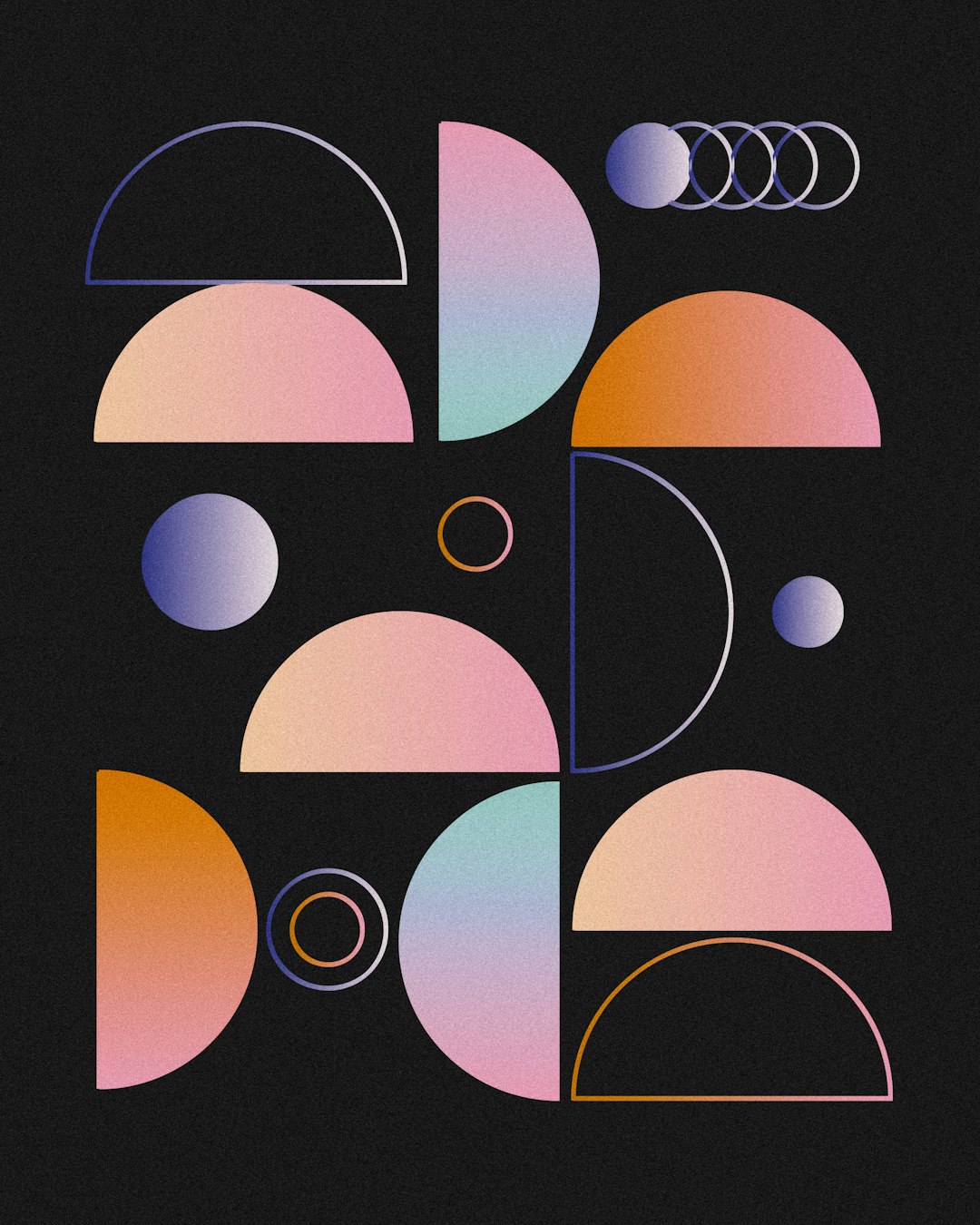Artificial Intelligence (AI) has made significant strides in the field of graphic design over the past few years. One of the more compelling manifestations of its capabilities is in the area of logo creation. With advanced machine learning algorithms and vast datasets, AI-powered design tools are now being used to create logos that cater to a myriad of styles and preferences. But the question remains: Can AI truly adapt to different design styles and individual tastes? The answer, increasingly, seems to be yes.
Unlike traditional design tools, modern AI design platforms can analyze vast amounts of visual data and learn from it. These tools can recognize what constitutes a ‘modern’ style versus a ‘vintage’ one or differentiate between minimalistic and complex logo designs. This adaptability hinges on data and user input. The more information an AI system has—including color choices, font preferences, and stylistic tendencies—the better it can tailor its designs to specific tastes.

How AI Understands Design Styles
AI systems are trained using large datasets of existing logos, categorized by industry, color palettes, typography, and structure. Through this training, AI can identify patterns and stylistic elements associated with different genres. For example:
- Corporate logos: Typically clean, minimalist, and professional, often relying on blue tones and sans-serif fonts.
- Creative industry logos: Bold, colorful, and unconventional, often incorporating abstract shapes or hand-drawn aesthetics.
- Vintage styles: Include ornamental frames, serif fonts, and muted color palettes that mimic earlier design eras.
By understanding these characteristics, AI can generate logo options that reflect the user’s desired branding objectives, genre, and emotional tone.
Personalization and User Interaction
Another critical factor in AI’s adaptability is user input. Users can specify preferences such as:
- Color schemes
- Font styles
- Business industry
- Taglines or slogans
- Icons or symbols
Advanced platforms go a step further by analyzing psychological elements like the emotional reactions certain colors or shapes evoke. This allows them to generate a final product not just based on form, but on function as well.
Some platforms use feedback loops where users rate logo options, giving the AI a chance to learn and refine its output. Over time, this builds a more nuanced understanding of what works for different audiences and markets.

Limitations and Room for Human Creativity
Despite the impressive progress, AI has its limitations. It may struggle with abstract ideas or less tangible branding concepts. Sometimes, AI-generated logos might miss the emotional depth or symbolic layers that a human designer could instinctively include.
Furthermore, while AI can generate design variations at scale, it lacks the intuition that a human designer brings. Brand identity is not just about visual appeal—it’s also about storytelling, market positioning, and long-term engagement. That’s where collaboration between AI and human designers proves most effective.
Conclusion
AI is proving to be a powerful ally in the realm of logo creation, offering adaptability across different styles and user preferences. By leveraging vast data, advanced algorithms, and real-time user input, it can produce high-quality logo designs suitable for a wide array of applications. While it may not yet replace the human touch in terms of emotional depth and storytelling, it serves as a highly effective tool for rapid design generation, iteration, and inspiration.
FAQ
-
Can AI design logos for any industry?
Yes, most advanced AI design tools are trained using data from many industries and can generate relevant logos for everything from tech startups to bakeries. -
How does AI learn different styles?
AI is trained on vast datasets of existing logos labeled by style, industry, and other factors. This enables it to recognize and replicate certain stylistic elements. -
Can I customize the AI-generated logo?
Absolutely. Most platforms allow users to tweak colors, fonts, layouts, and even integrate specific icons or slogans. -
Is AI better than a human designer?
Not always. While AI is fast and cost-effective, human designers bring creativity, intuition, and an understanding of brand storytelling that AI is still developing. -
Are AI-generated logos unique?
Yes, though they are based on patterns, the combinations of fonts, colors, and shapes are typically unique unless heavily based on templates.


